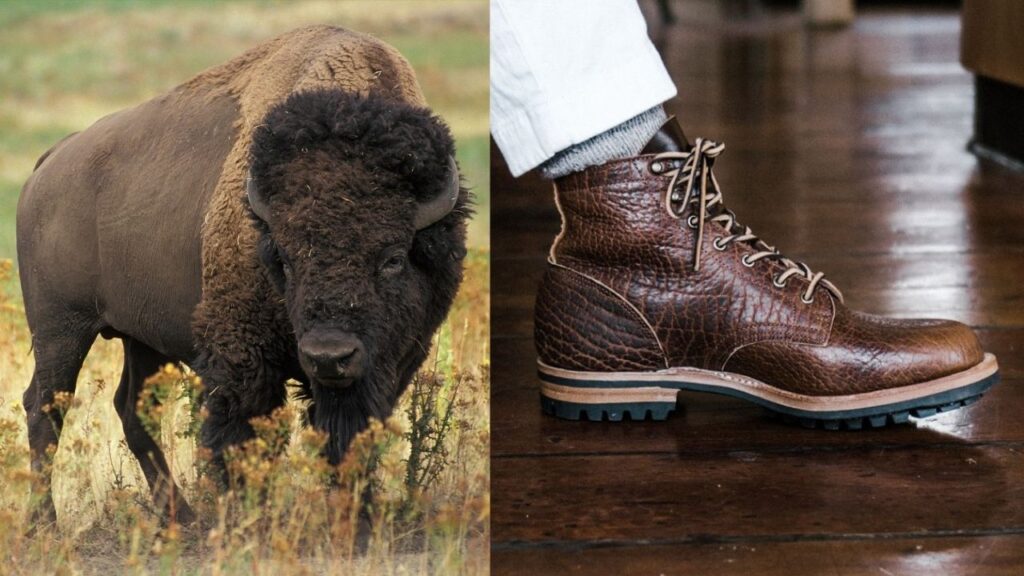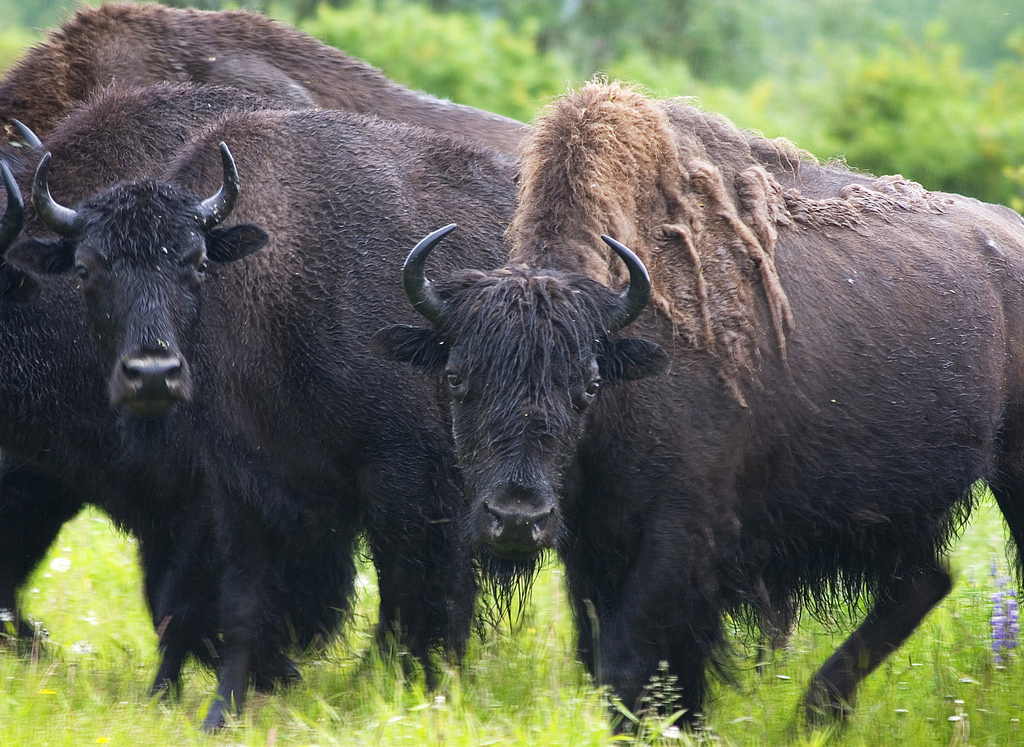
Bison meat is a very popular food in the United States of America. This is very near to beef but the nutritional value of Buffalo meat is better than beef. Bison are very similar to cows in their body structure and food habit. They are mainly fed on green grass, leaves, and so on. For a very long time, buffalo meat is very popular among food lovers and is in high demand in supermarkets. Bison meat is indeed a bit more expensive than beef, chicken, and others in its category. At the same time, this is also a fact that bison meat is far more advantageous than others.
The health benefits of the meat of grass-fed animals are always higher. The comparatively high prices of buffalo meat are justifiable because of several reasons. Fresh buffalo meat has more potential concerning nutrition than others. According to scientific studies, the amount of calories in that meat is very low in comparison to beef and chicken. In 100g of cooked buffalo meat, one would find around 2.42 g of fats along with 82mg of cholesterol and 143 calories. In the same amount of cooked skinless chicken, there will be around 190 calories along with 7.45g fat and 90mg cholesterol. The same amount of cooked beef will provide around 9.30g of fats and 85mg of cholesterol with more than 210 calories.
Buffalo meat is also a better source of iron per serving than other meats like beef, chicken, and pork. It is also better than other meat products in its cleanliness, texture, hygiene, taste, and quality. The presence of Omega 3 Fatty Acids makes it even more rich and healthy food. So there would be less fat and more activeness in all those who consume bison meat regularly.
Along with the health issues, buffalo meat is also a treat for our taste buds. It has a sweet flavor and is very light in comparison to others in the category. There are a few misconceptions about this meat like it has some off flavors and is very greasy. These are nothing more than rumors because with much less fat and cholesterol, this meat cannot be greasy at all and for the off-flavor, it can be said that it is a bit sweeter than meats like beef and pork.


